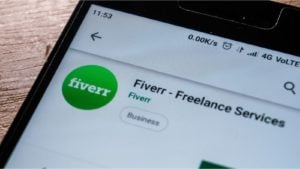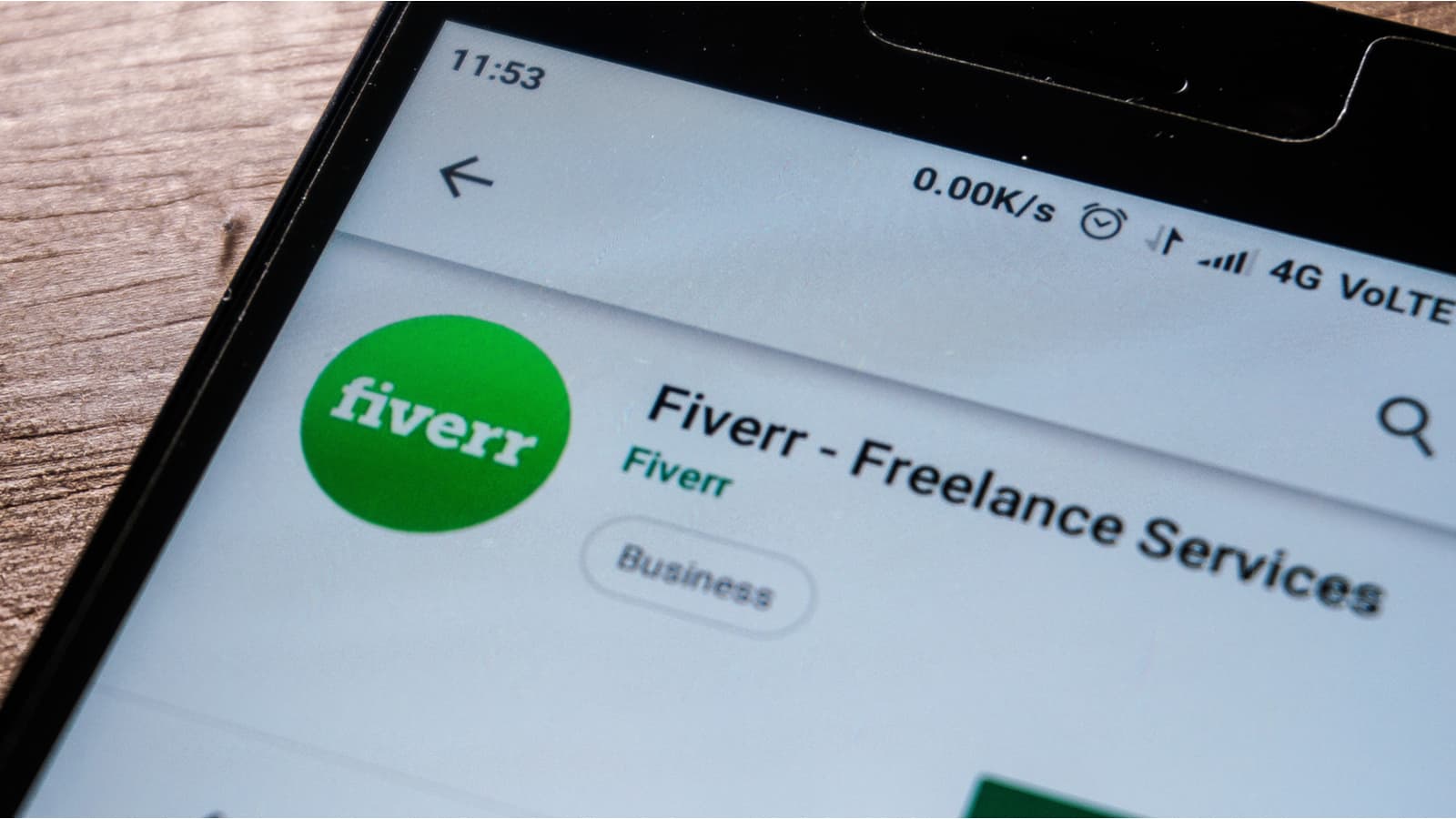Fiverr (NYSE: FVRR) was a clear winner in 2020. The stock has had a massive run for investors lucky enough to invest last year. FVRR stock rose close to 10x from a May 2020 price of roughly $25 to a high of more than $300. Compare FVRR stock returns with the S&P 500 index’s roughly 37% return during the same timeframe you can see that these are easily market-crushing returns.

The recent stock market sell-off hit the high-flying technology sector hard. FVRR stock is no exception, as the sell-off has taken the wind out of its sails. It broke down from its 50-day simple moving average, indicating that at least in the short-term, the uptrend is over. The stock could be entering consolidation before its next run-up.
Therefore I wanted to take this time to take a closer look at Fiverr’s business and long-term potential. I believe even at these levels, FVRR stock will reward investors in the long-run. Let me break it down for you.
The Gig Economy Has Continued to Grow in 2020
The coronavirus pandemic has accelerated this trend of freelancing and independent contracting — broadly known as the gig economy. In 2020, roughly 36% of the U.S.’ entire workforce or 59 million Americans would have freelanced either full-time or part-time. This number is expected to grow further to 90.1 million by 2028 given the increasing acceptance of remote work.
Fiverr operates a platform that connects these potential employers and employees for short-term projects. The company estimates that it has a massive total addressable market of $115 billion.
After examining Fiverr’s full-year 2020 results, I believe the company is well-positioned for 2021 and beyond. The company’s Q4 2020 and full-year revenue grew by a massive 89% and 77% year over year. The company has exhibited strong non-revenue metrics as well.
Active buyers, i.e. employers in the platform, grew from 2.4 million in 2019 to 3.4 million in 2020. Spend per buyer increased as well from $170 in 2019 to $205 in 2020. The company ended 2020 with revenues of $189.5 million. More impressively, Fiverr expects this growth to continue is expecting revenues to increase between 46%-50% in 2021.
There are many competitors in the freelancer platform space, such as incumbent Upwork (NASDAQ: UPWK), Toptal and many others. However, I believe Fiverr’s structure and approach to freelancing is unique and allows it to stand out.
The genius of Fiverr is that its entire UX is built upon an employee-centric approach to freelancing as opposed to the employer-centric approach taken by the vast majority of its peers. In Fiverr, the job search process is flipped as freelancers define the projects and particular services offered with clients choosing what they need. This allows freelancers to showcase their talents and clearly define project scope thus increasing transparency in the process.
The success of this approach is reflected in the numbers as well. The market take rate — in other words, the percentage fee earned by the platform — is much higher for Fiverr at 27.1% compared to rival Upwork at 13.5%. The company is expanding its approach to the corporate side as well, as it develops a new platform. This platform will act as a marketing business and is specifically designed to help corporate brands.
The company’s recent acquisition of creative-talent site Working Not Working is a step toward these goals and building the business in new and exciting ways.
Investor Takeaway for FVRR Stock
Fiverr is well on its way to possibly being the dominant platform for freelancers.
The company is rapidly growing revenues and expanding its client base. At a market cap of $8.23 billion against 2021 revenue of $277million – $284 million, the company isn’t exactly cheaply valued. However given its rapid growth and platform business model, long-term investors should consider a starter position in FVRR stock and accumulate on the dips.
Fiverr could end up being the “Amazon” of gig economy services.
On the date of publication, Joseph Nograles did not have (either directly or indirectly) any positions in the securities mentioned in this article.
